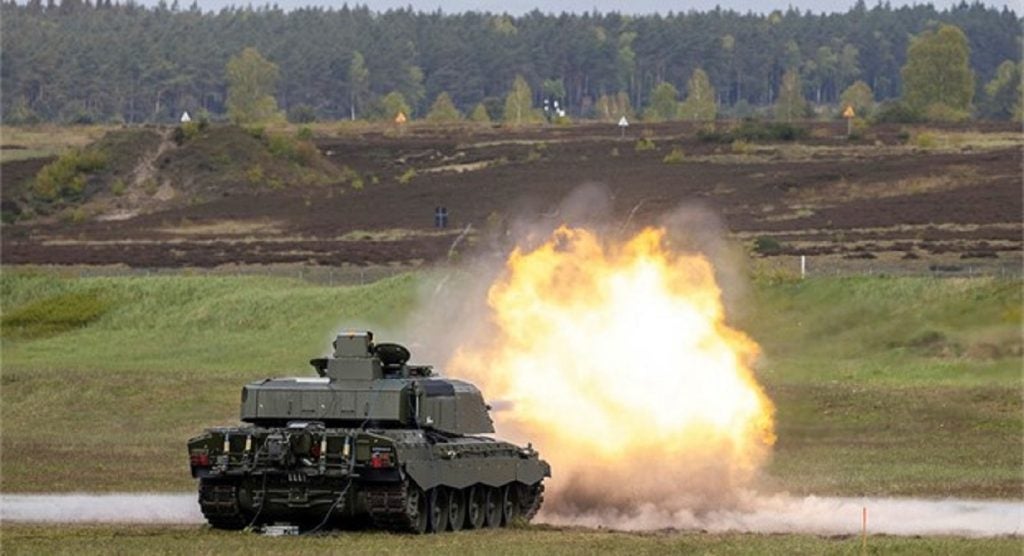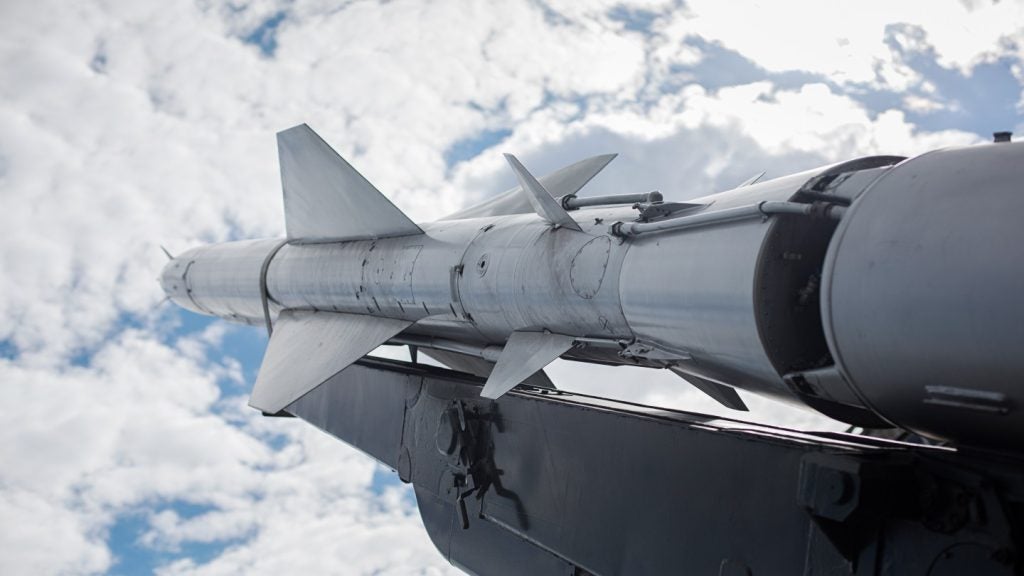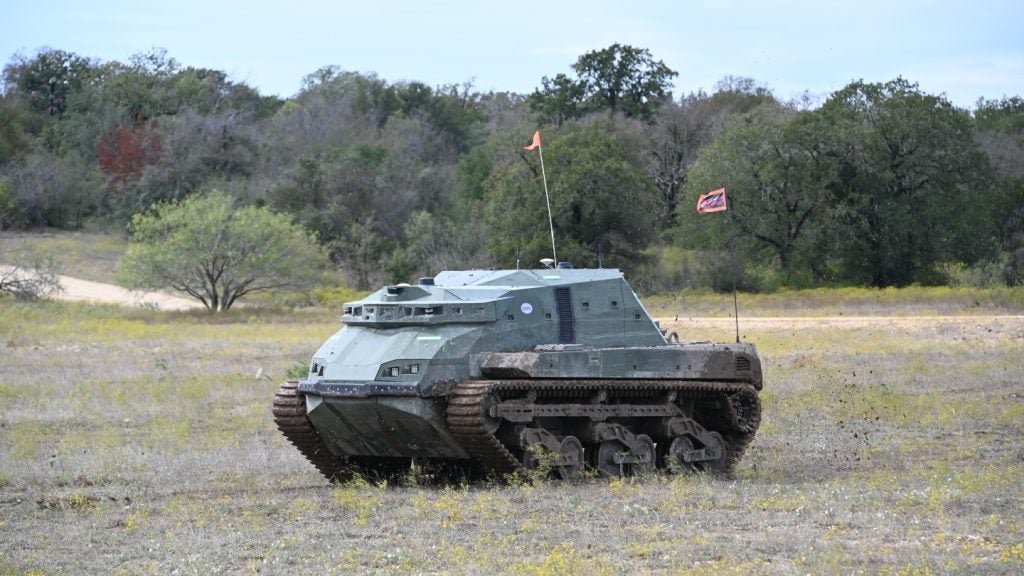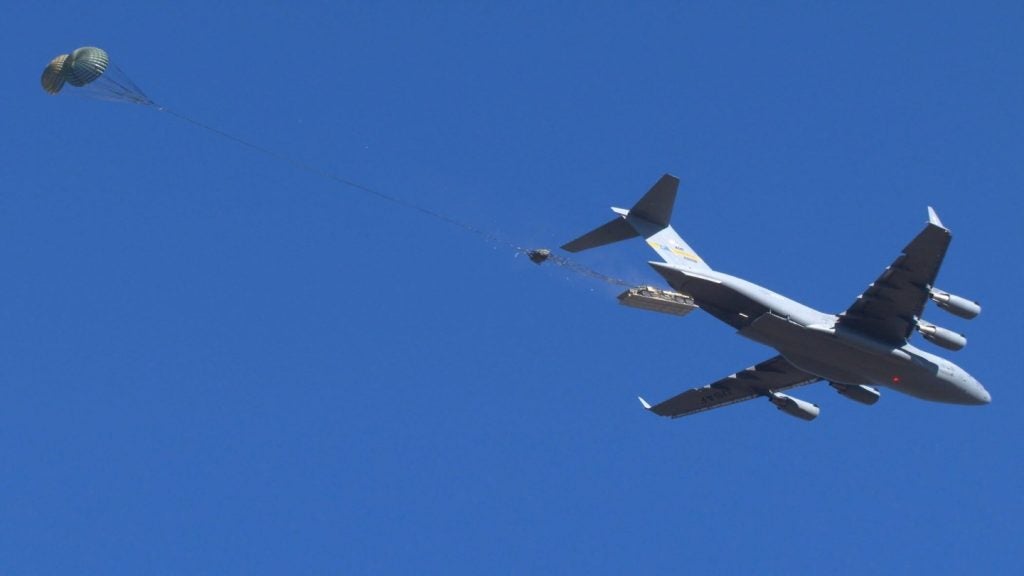
Military test ranges provide a vital environment in which to test new and emerging technologies before they can be depended upon on the battlefield. Whether it’s conventional weaponry such as firearms, vehicles or explosives or technology to deter against a more modern threat like cyber warfare, the requirement of thorough testing is pivotal.
As new technology emerges to counter new threats, test ranges must also develop in order to provide assistance in perfecting these countermeasures. As a result, test ranges are continuing to evolve in order to address these needs.
The cyber threat
The last decade has seen an increased prevalence of cyber terrorism and cyber warfare, with the consequences of such attacks steadily escalating. The need to formulate adequate defences for such attacks has grown, and cyber test ranges have been developed in order to assess any potential solutions.
In April 2007, Estonia was attacked via official servers linked to Russian authorities as ministries, banks and media outlets were crippled. In September 2010, Iran’s Natanz Nuclear Enrichment facility was targeted by the Stuxnet worm that has gained worldwide notoriety for being the most advanced piece of malware ever discovered. This information only caused to exacerbate theories that the worm was designed by a governmental agency with the facility as a target.
Underpinning the belief that these acts will continue to threaten both military and civilian environments, Northrop Grumman has formally opened its Cyber Security Test Range facility in Fareham, UK. Officially opened in October 2010, it is the UK’s first commercially available federate cyber test range and will be used to conduct cyber experiments and assessments of infrastructure survivability.
See Also:
Northrop Grumman UK Chairman Sir Nigel Essenhigh believes that adequately protecting networks from a cyber attack is vital, declaring, “Hostile penetrations of cyber systems in both government and industry are widespread, successful and growing. Cyber security is a fundamental necessity for protecting our critical national infrastructure.”
How well do you really know your competitors?
Access the most comprehensive Company Profiles on the market, powered by GlobalData. Save hours of research. Gain competitive edge.

Thank you!
Your download email will arrive shortly
Not ready to buy yet? Download a free sample
We are confident about the unique quality of our Company Profiles. However, we want you to make the most beneficial decision for your business, so we offer a free sample that you can download by submitting the below form
By GlobalDataLarge-scale cyber testing capability
This cyber range has been designed to be federated with other cyber ranges across the world in order to create the capability for large-scale experiments, whilst the range will be capable of emulating large infrastructures and global threats in order to evaluate how specific networks respond to an attack. Results from the tests can then be analysed to highlight particular weaknesses, before enhancing the security of the networks.
“Our new federated cyber range will be a major UK resource for building, testing and validating technologies as rapidly and efficiently as possible,” said Essenhigh, and the facility will be federated with Northrop’s Cyberspace Solutions Centre in Maryland, US, dedicated to independent research and development of cyber security projects.
The first task of the cyber range will be to collaborate with BT, Oxford University’s Said Business School, Warwick University’s School of Engineering and Imperial College’s Electrical and Electronic Engineering programme to help improve the resilience of the UK’s critical national infrastructure as part of the Self-organising Adaptive Technology Under Resilient Networks (SATURN) network defence research programme.
Identifying interference
Whereas Northrop Grumman’s cyber range is designed to evaluate and test homeland defences against threats, much work is done in order to enhance operations on military test ranges.
The SigMon Radio Frequency Interference Detection and Geolocation solution, designed by Integral Systems subsidiary SAT Corporation, can be used by test range operators to proactively detect, locate and remedy sources of radio frequency interference before operations are affected. SAT Corporation President Bob Potter said, “The system is essentially a network measurement system that can detect co-channel or non co-channel interference within radio frequencies using bespoke algorithms.”
“Sites are positioned around the test range in order to monitor it, allowing the entire range to be monitored by a single control centre operated by one or more operators. The measurements are stored and a post-analysis system allows the operator to identify and locate sources of interference,” he added.
The remote operation capability allows assets in isolated or hazardous locations to be mapped from the central control centre, allowing real-time data analysis of test range areas that previously could not be covered.
The system can also be mounted onto a vehicle to provide mobile capabilities, allowing an operator to canvas a particular area whilst driving towards the area of interference. SAT Corporation continuously updates the software, with two or more standard upgrades per year as well as interim patches when required.
No need to dismantle
Integral Systems Director Business Development Hal Cornelius said, “The system itself is completely agnostic of hardware. We can integrate it into a wide range of hardware without difficulty or the need to dismantle anything. We support all major hardware, and can rewrite the drivers for new technology very easily.”
The company are also capable of providing full product training according to buyer requirements, ranging from basic installation and commissioning through to a full turn-key product accompanied with full administrator and user training, allowing users to fully understand the system and its capabilities.
The system is typically used within missile ranges and their associated ranges as well as various military test ranges across the US. Both the US Department of Defence and UK Ministry of Defence have sourced the system for use on test ranges.







